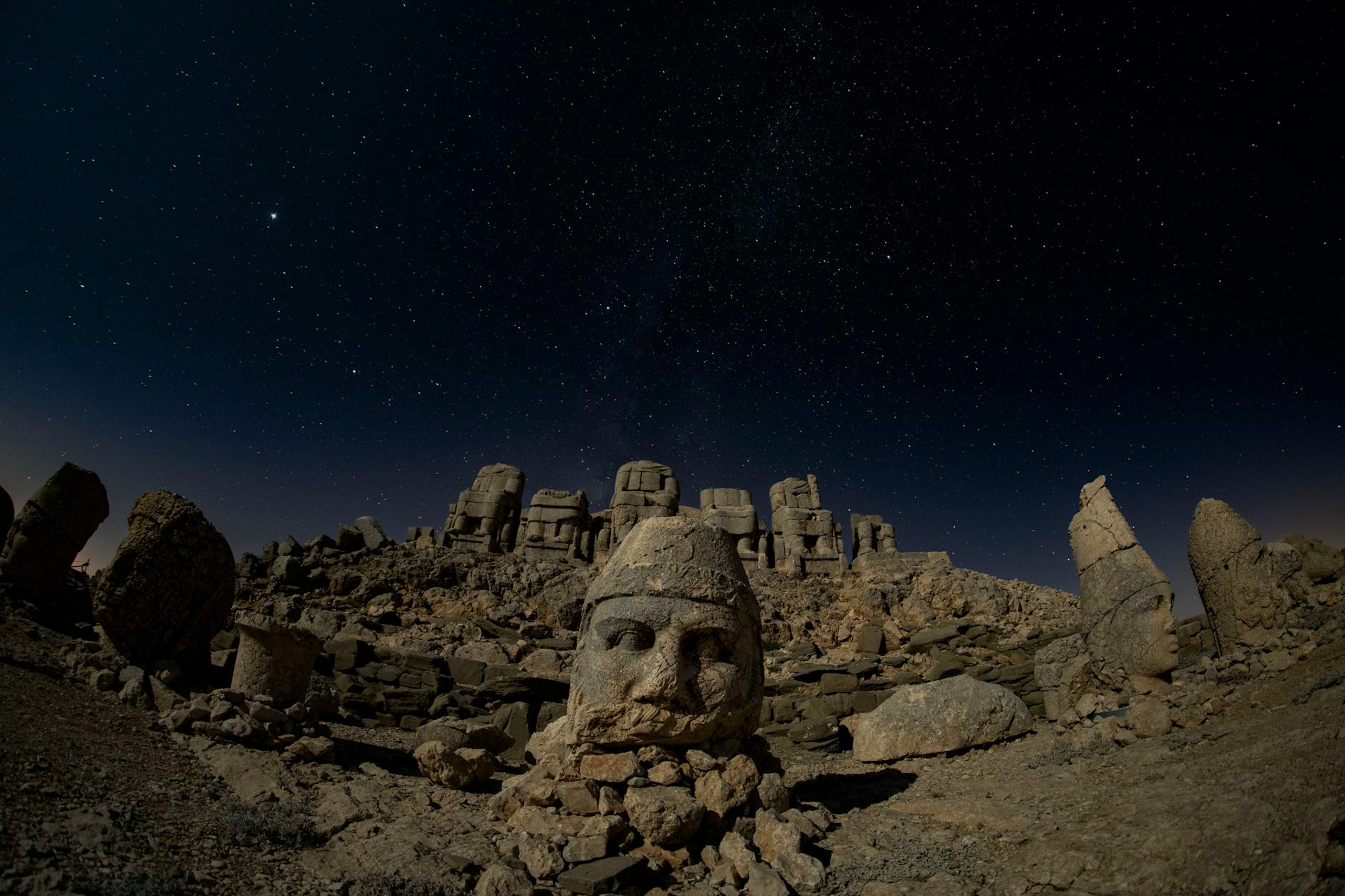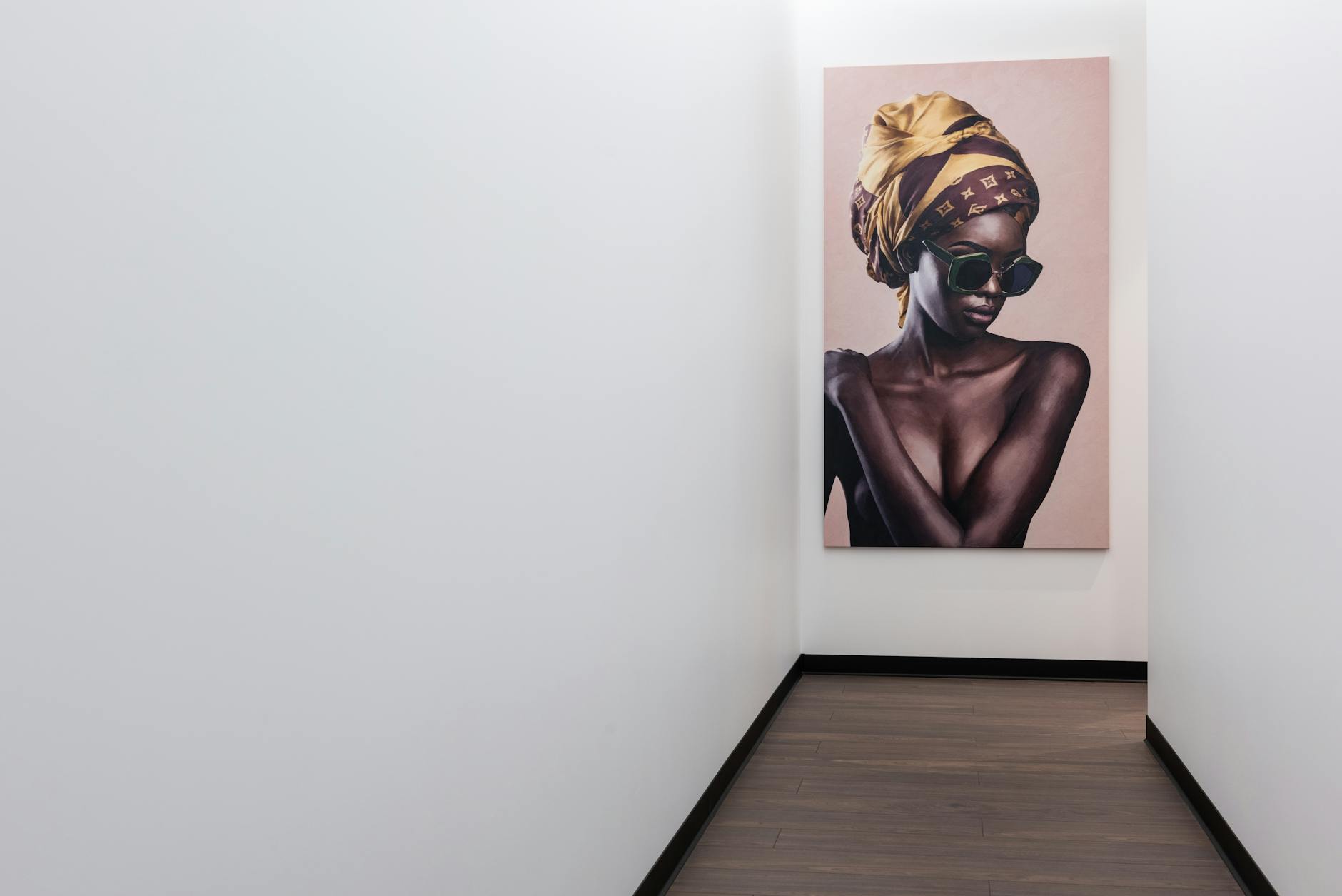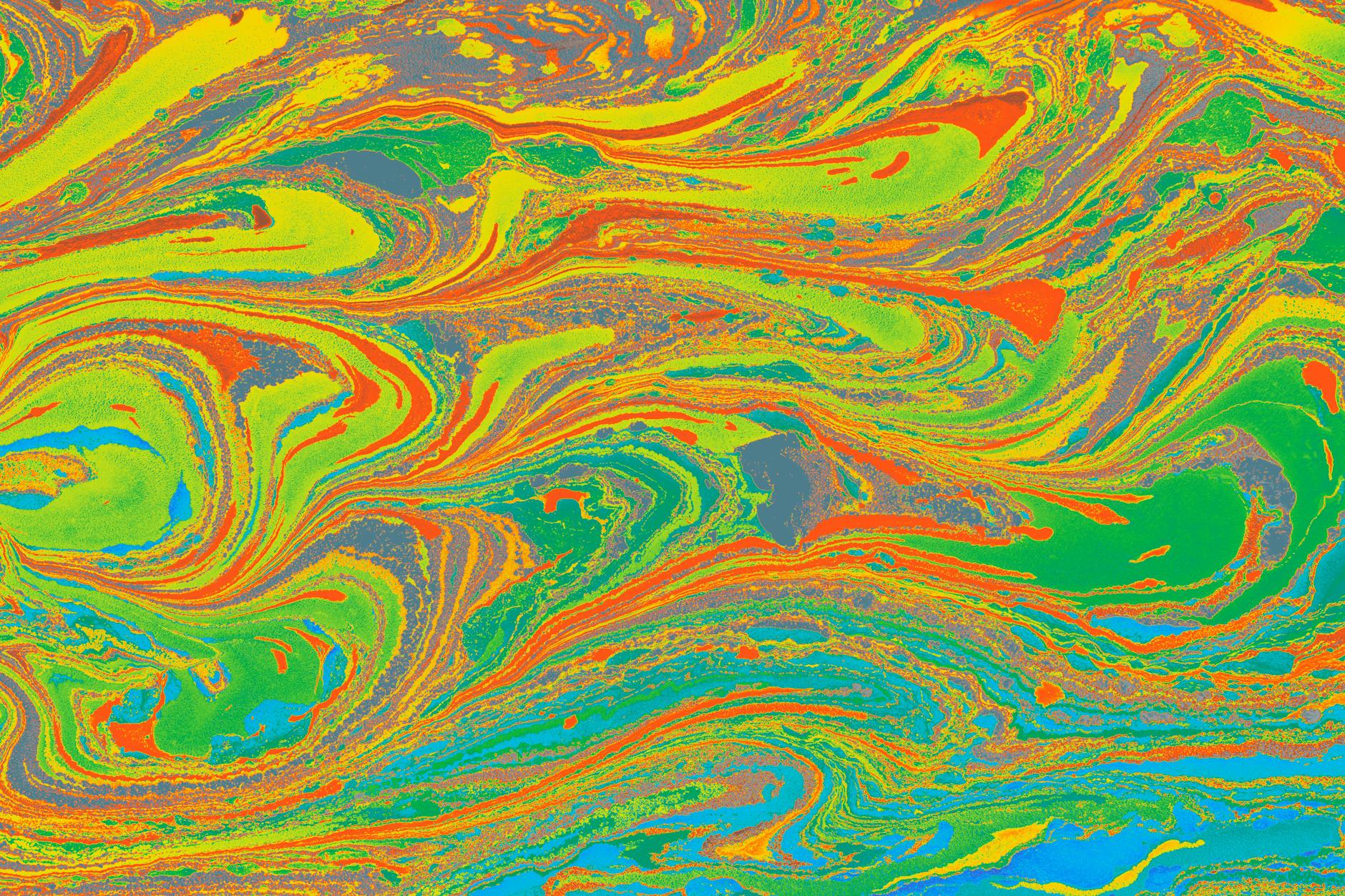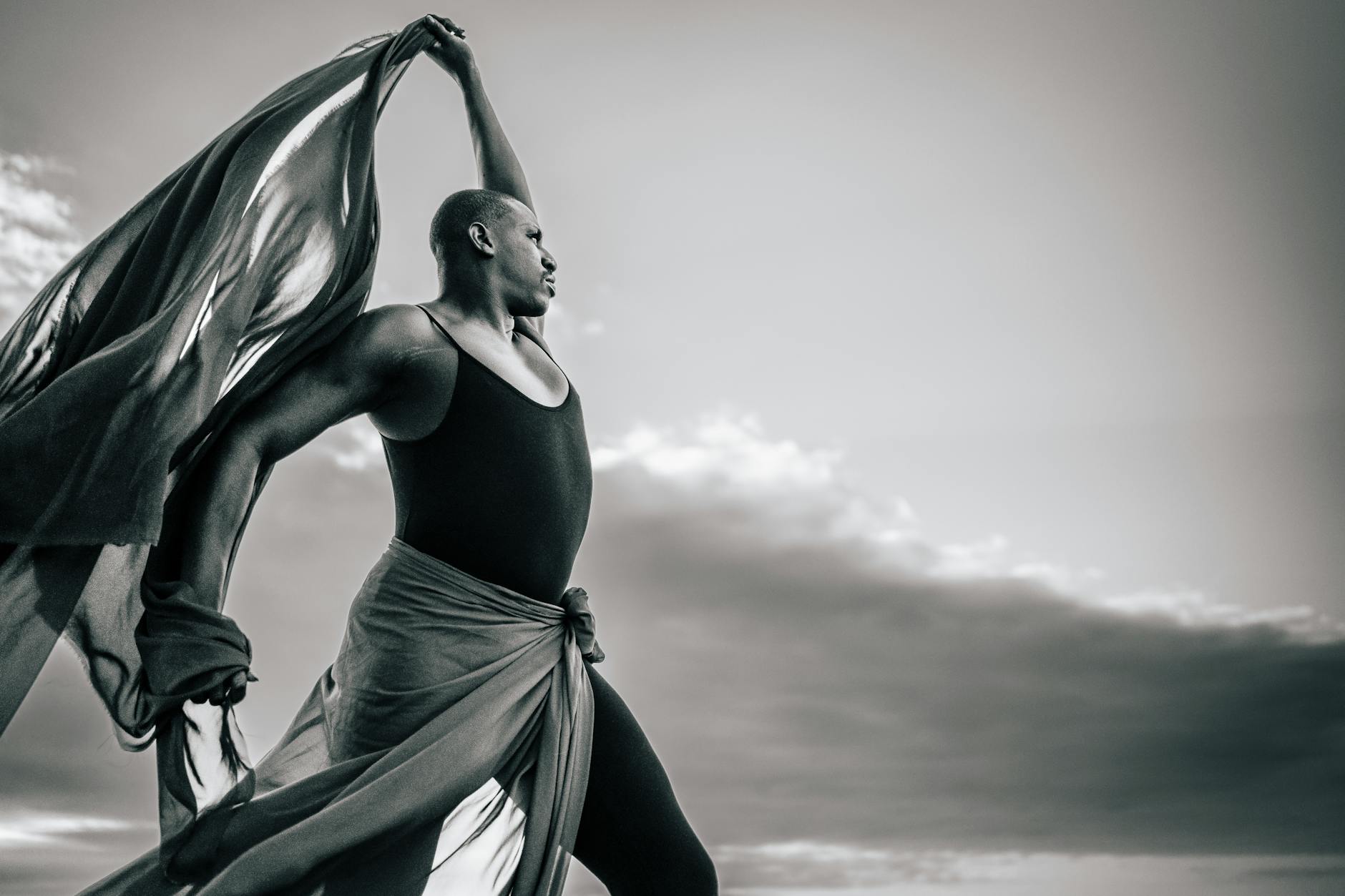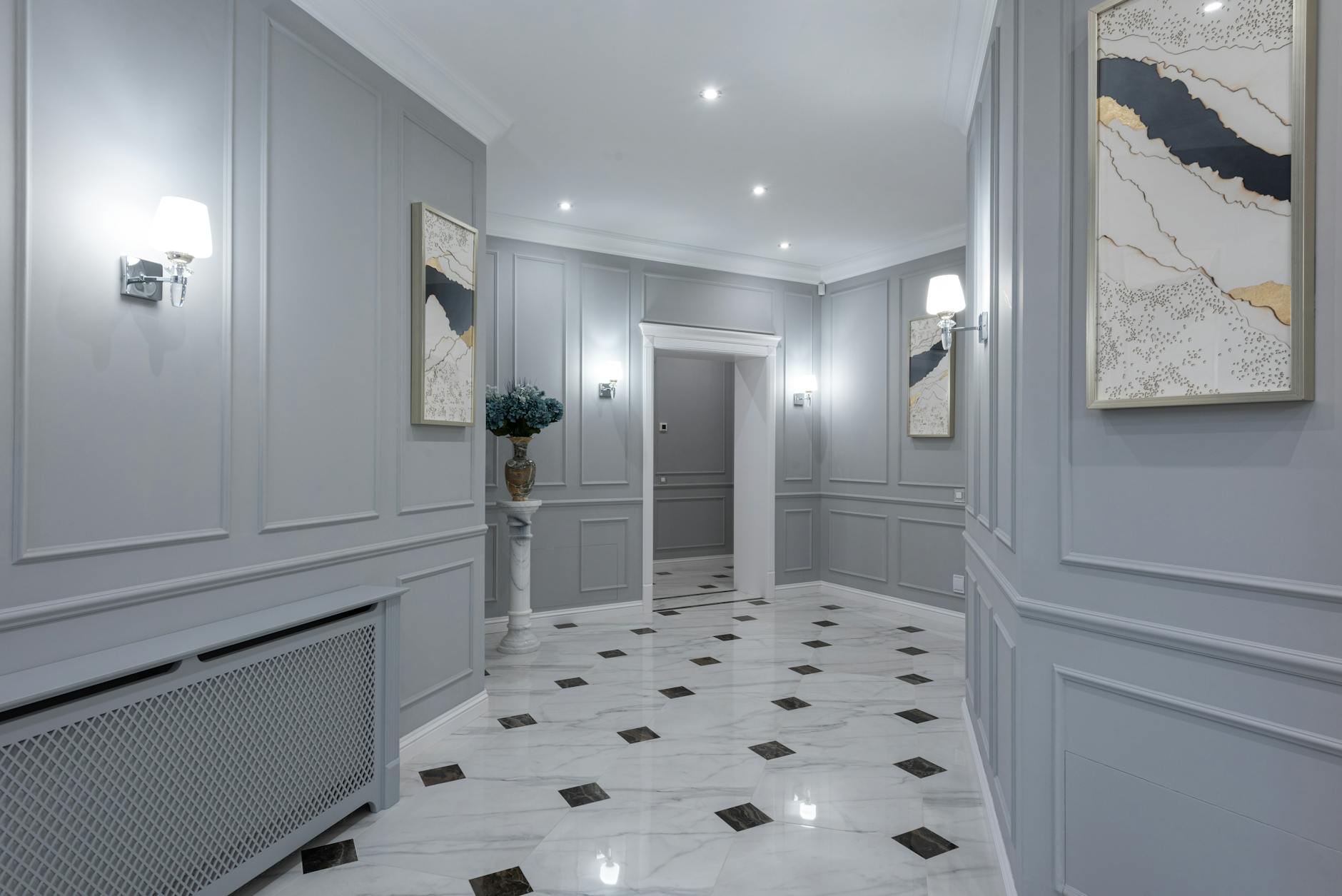The rich tapestry of artistic expression in human history has been woven together by countless threads of innovation and inspiration. One such intriguing element is the vibrant and evocative realm of psychedelic art, which continues to mesmerize audiences with its ingenuity and psychedelic experience.
Psychedelic art, a form of cultural expression which aspires to replicate and enhance the psychedelic experience, has been breathing vibrant colors and intricate patterns into our human narrative for several millennia. From the shamanistic rock paintings of prehistoric times to the dazzling digital art beloved of today’s technologically advanced era, there has been a continuous evolution of this fascinating art domain.
The emergence of psychedelic art is thought to trace back to indigenous cultures, wherein shamanistic rituals often involved consuming psychoactive plants that resulted in altered states of consciousness. The resultant psychedelic experience was captured in the form of intricate rock art, providing us a glimpse into the ancient human psyche. These early representations – often featuring geometric patterns, animal motifs, and transcendent imagery – can be regarded as progenitors of the many psychedelic styles and movements we see today.
In the 20th century, particularly during the ’60s, psychedelic art experienced a renaissance and became synonymous with the counterculture movement, enjoying a significant influence on global popular culture. Artists began to challenge societal norms and conventions, with a surge in experimentation with color, pattern, and form. Names such as Peter Max and Victor Moscoso come to mind, artists who broke the barriers of traditional art and brought the psychedelic experience to life with stunning, surreal imagery.
The iconic posters of the ’60s, vibrant album covers, and underground comics called ‘Zap Comix’ represent another significant chapter in the history of psychedelic art. These not only served to visually represent the emerging counterculture but also became potent cultural symbols of the era. The psychedelic art of this time was distinctly anti-war and pro-peace, drawing attention to social and political issues. As an outgrowth of the hippie counterculture, the art became a tool of protest and a means of consciousness expansion.
As the psychedelic era motto ‘turn on, tune in, drop out’ suggests, the artwork was not mere static images, but a means to stimulate perceptions and prompt a personal, internal journey. Psychedelic art was considered a means of expressing heightened consciousness and inner exploration, linking to Eastern spiritual practices and philosophies. As such, the movement had a significant influence on the broader psychedelic movements globally.
The 1990s brought a resurgence of psychedelic art within the emergence of the electronic music and rave scene. Digital technologies together with the continued exploration of altered states of consciousness gave birth to new forms of visual stimuli, consolidating the vibrant evolution of psychedelic art. Artists like Alex Grey, with his mesmeric portrayals of human beings infused with intricate networks of energy, have redefined abstract spiritual symbolism. Moreover, in the age of technology, digital art platforms have enabled an even larger swathe of artists to experiment with psychedelic aesthetics, highlighting the enduring influence of this expressive genre.
Indeed, the history of psychedelic art echos the human journey of seeking, perceiving, and expressing the dimensions of reality and consciousness in innovative ways. From prehistoric rock art to modern digital imaginations, this unique form of expression continues its evolutionary journey, transcending time and space, impacting cultural and social dynamics.
Art, in its many forms, is a reflection of human experience and states of mind, continually evolving as we do, mirroring our inner and outer worlds. Psychedelic art encapsulates this ongoing evolutionary journey eloquently, taking its audiences on a surreal trip into the realms of the mystic and the transcendental, far beyond our everyday reality.
In conclusion, the aesthetic landscape of psychedelic art, characterized by its intense color palettes, surreal imagery, and intricate patterns, truly offers a vivid trip down the memory lane of artistic expression. Its rich history dating back to ancient times, and the ever-evolving styles and movements have contributed to its extensive influence across the globe. Each era and artist contributing to this canvas reaffirms the unceasing allure of the psychedelic experience – a fascinating testament to human creativity and the exploration of consciousness.




